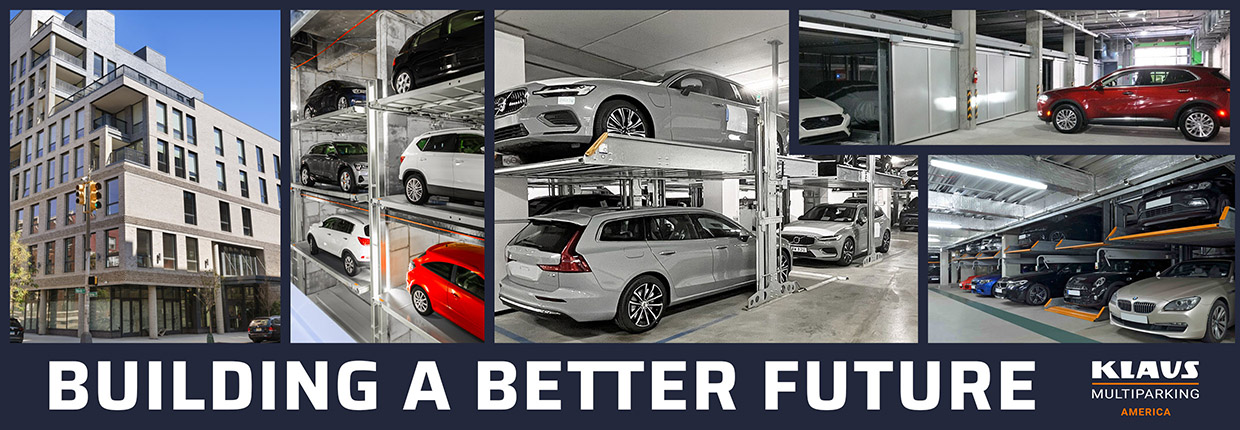The United States is facing a significant housing shortage, with demand for rental properties far exceeding supply. This imbalance has led to escalating costs and limited options for residents. To combat this crisis, industry leaders are adopting innovative design, construction, and policy solutions aimed at creating more efficient, affordable, and sustainable housing.
Adaptive Reuse and Modular Construction
One promising approach is the adaptive reuse of underutilized buildings, such as converting obsolete office spaces into residential units. For instance, New York City has initiated projects to transform office buildings into apartments, including a significant conversion at 25 Water Street. This initiative is part of the "City of Yes for Housing Opportunity" proposal, which aims to add 80,000 housing units over 15 years. The Times
Modular construction is another innovative method gaining traction. This technique involves prefabricating building components off-site and assembling them on-site, expediting development and reducing costs. Companies specializing in financing volumetric construction, provide developers with flexible solutions to address the affordable housing crisis.
Zoning and Policy Reforms
Reforming zoning laws is crucial for increasing housing density and affordability. Several cities and states are revisiting their regulations to allow for higher-density housing, accessory dwelling units (ADUs), mixed-use developments, and office-to-residential conversions. For example, Arizona and Hawaii have enacted laws permitting such transformations to boost affordable housing availability.
Additionally, policies that reduce or eliminate minimum parking requirements can lower construction costs and make housing more affordable. Research indicates that mandated parking minimums can increase housing costs by up to 25%, making projects financially unfeasible and limiting housing supply. Urbanism Next
How Local Governments Are Embracing Smart Parking Solutions
Local municipalities, approval councils, and building departments are increasingly recognizing the value of automated parking systems and stackers as modern solutions to longstanding space and cost challenges. Unlike traditional parking structures that consume large amounts of valuable land, automated systems and stackers allow developers to maximize space utilization while meeting parking requirements and the desire for parking by residents. These solutions are not only more compact but also reduce construction costs, energy consumption, and environmental impact. By approving and encouraging the use of these systems, municipalities can help developers create denser, more livable communities without compromising accessibility. This shift in regulatory support reflects a growing understanding that innovative parking solutions are essential for sustainable urban development.
Smart Space Utilization
Architects should address designing efficient living spaces and incorporating shared amenities. This can maximize available space without compromising quality. Innovative layouts and communal areas not only optimize space but also foster a sense of community among residents. For example, tiny home communities in Honolulu offer affordable housing with large bathrooms and communal spaces, addressing both space constraints and the need for social interaction.
Sustainable Building Practices
Embracing green construction methods is essential for creating energy-efficient and environmentally friendly housing. Implementing circular economy principles—focusing on reuse, recycling, and resource efficiency—can lead to sustainable housing solutions that promote long-term affordability and environmental stewardship. Kogod School of Business
Rethinking Parking to Solve the Housing Shortage
Outdated parking requirements often pose unnecessary barriers to new developments, especially in dense urban areas. Mandated parking minimums can drive up construction costs and reduce the number of housing units built. Moreover, traditional parking ratios may result in underutilized spaces, wasting valuable land that could be used for housing or community amenities. Urbanism Next
To address these issues, cities are reforming zoning policies by reducing or eliminating parking minimums, particularly in areas well-served by public transportation. This shift allows developers to prioritize housing and tenant needs, encouraging the incorporation of smart parking solutions and the creation of walkable communities.
Implementing automated parking systems and stackers optimize space and reduce construction costs. These compact solutions enable developers to meet parking needs efficiently, freeing up space for additional housing units or communal areas or green space. By rethinking parking strategies, we can create more livable, people-focused communities.
In conclusion, addressing the housing shortage requires a multifaceted approach that includes innovative construction methods, zoning and policy reforms, efficient space utilization, sustainable building practices, and reimagined parking solutions. By embracing these strategies, we can build a better future with accessible and affordable housing for all.

